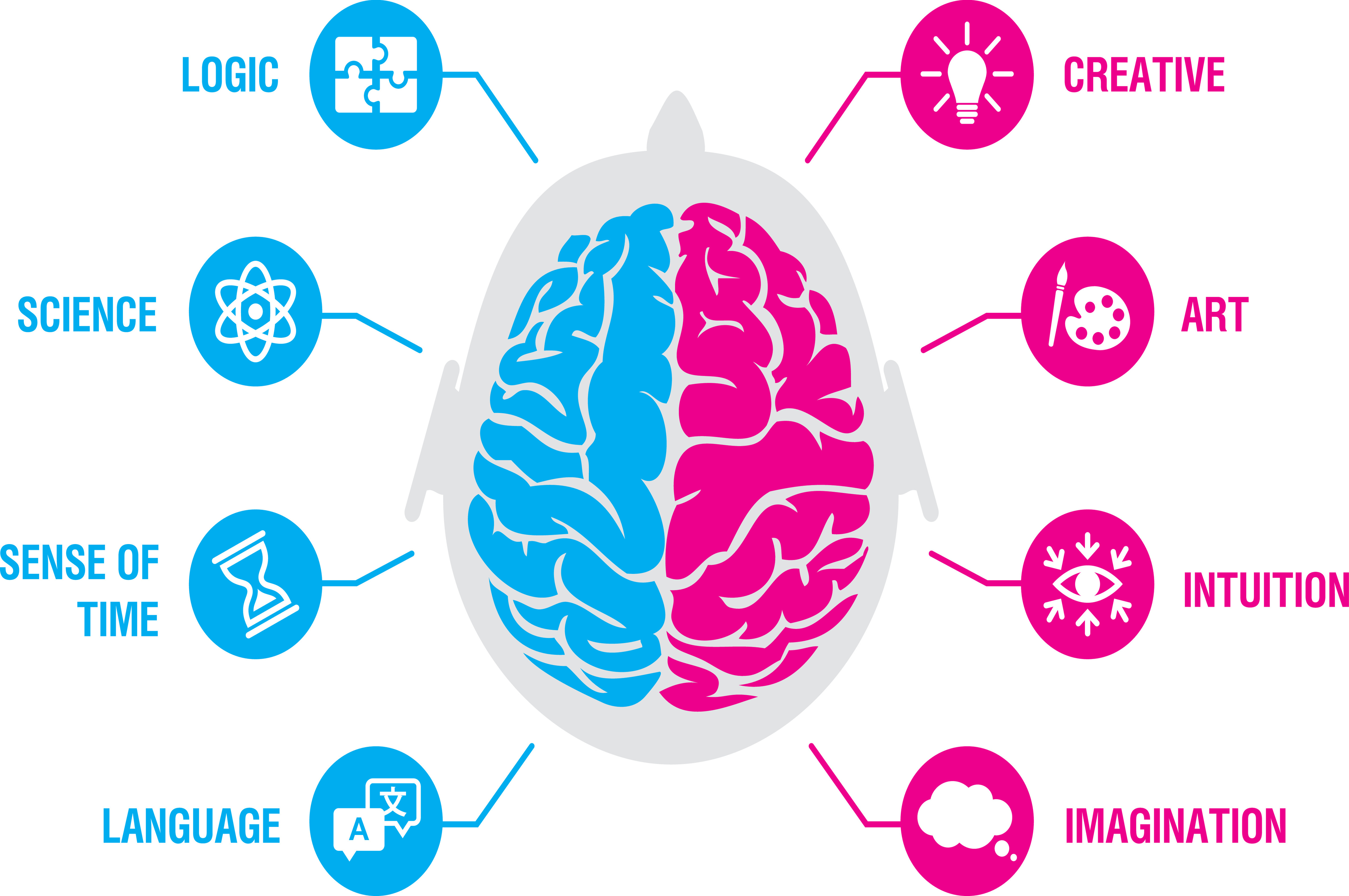As our world continues to evolve, it becomes increasingly harder to escape the external noise around us, to hear our own thoughts, and access our inner wisdom. Oftentimes when it comes to making a decision, especially in business, we are inundated with data, conditioning our minds to rely heavily on information rather than our gut. Many successful entrepreneurs and leaders have shared that their best decisions are made when we tap into our intuition and ignore the numbers, figures, and reports in front of us.
Intuition is understood as the ability to know something directly without analytical or conscious reasoning. Everyone has access to this inner source of wisdom, but most will ignore it because they don’t understand this inner power or how to use it. Tapping into your intuition is your greatest tool in reaching success, both personally and professionally.
Access your most powerful decision making by using both sides of your brain:
- Reconnect to your true self and peel back the layers of conditioning we have experienced by society and even our inner circle of family and friends. Examine your beliefs as your beliefs create and enforce your conditioning. “You are hardwired for intuition,” said AdaPia d’Errico, author of Productive Intuition: Connecting to the Subtle, “By bridging your intellect and intuition, you will discover the most incredible source of strength, faith, and trust in yourself that you can call upon in every situation of your life.” Productive Intuition teaches you how to work with a whole-mind approach, using your left-brain to access a new level of productivity, self-efficacy, and leadership while simultaneously accessing the discoveries, hidden genius, and innate creativity that live deeply in the powerful right brain.
- Rewire your brain when it comes to making a decision or taking action. Neuroplasticity is the brain’s ability to change itself constantly by creating new neural pathways. If you typically make a decision only after reviewing all the data and analyzing your risks, create a new process to include the intuitive side of your brain. Before you dive into the numbers and the facts, sit with the decision in front of you, and identify how you feel about the situation and the options you have. Ask yourself questions to gauge your immediate gut reactions, but be sure to really let yourself feel the reactions, don’t let your conscious brain take over the process. Once you recognize and have identified your gut feelings, dig into the data and the facts you have available, and now that you have all the information from both your subconscious and conscious brain, what decision feels like the right one?
- Decisions do not need to be made alone, in fact, when making a big decision it is a good idea to consult your team or mentors. Once you have done your own evaluation of both your gut feelings and your analytical conscious reasoning, invite others to brainstorm this decision with you. IDEO.org’s Brainstorm Rules provides great guideline for effective group brainstorms that allow and encourage creativity, gut feelings, and individual intuition. This can be an especially effective tool if you are still honing in on accessing your own intuition and gut feelings.
- Use cross crawl exercises throughout the day to reboot your nervous systems and reconnect your mind to your body. Cross crawl is any intentional cross-lateral activity or movement in which you cross the mid-line of the body, for example touching the opposite hand and toe. Cross crawl movement stimulates our more complex brain and nervous system development and integration while firing neural pathways in both the right and left brain hemispheres simultaneously. These cross crawl exercises reorganize your mind-body connections and have benefits such as increased self-awareness, clarity, and situational insight which all lend themselves to making intuitive based decisions.
The best decisions are made when you engage both sides of your brain and use the power of your intuition and the knowledge of your intellect. With some practice, you can learn to hone these skills and begin making powerful decisions both personally and professionally.


